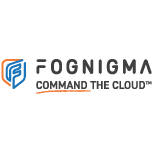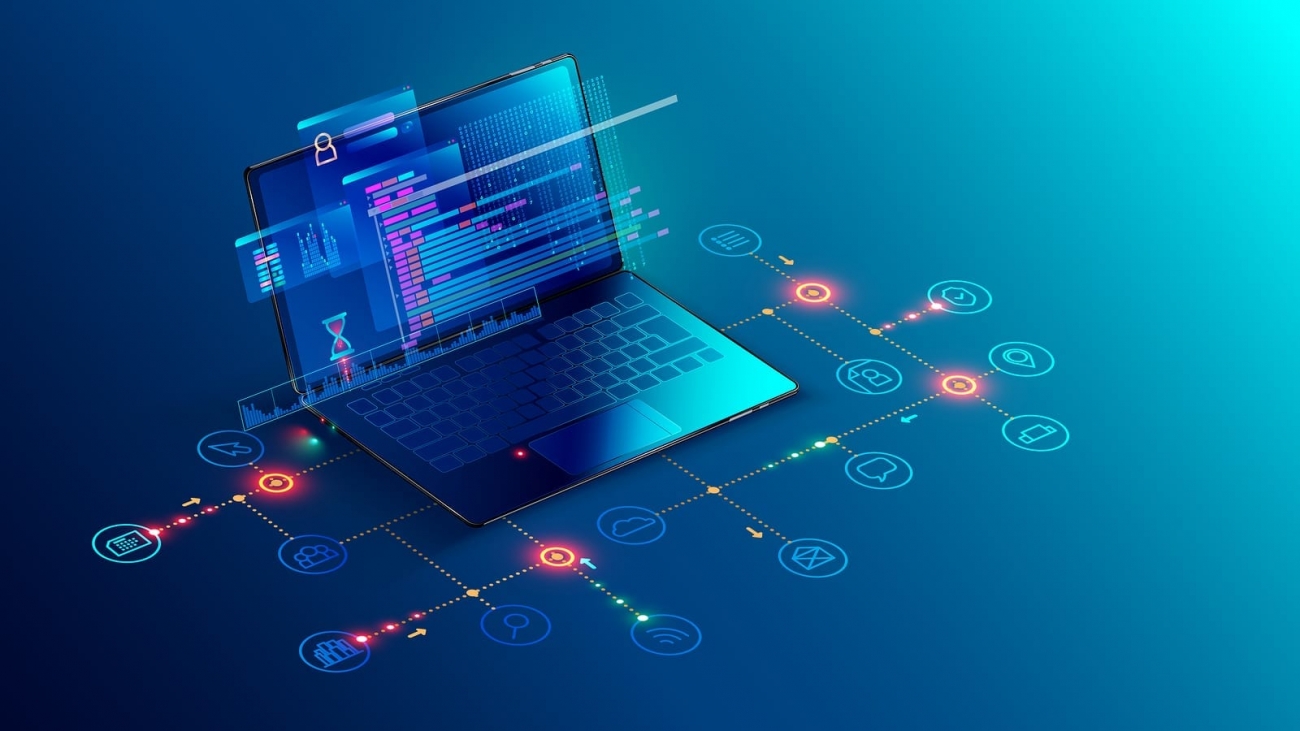Knowing how to implement network security the right way is also important to knowing everything about network security. So what is security policy, and how can knowing about it help protect your data? It’s one of the first steps to build a reliable defense system against evolving threats that target your business or organization. Read more on the role of network security, how companies can make sure their policy aligns with the cyber challenges they face every day, and how to combat them.
What is Network Security, and Why is it Important?
So, what precisely is security policy in network security? It’s primarily a formal document or written outline of a company’s guidelines, principles, and rules for protecting its digital infrastructure. It is, in simpler terms, a written document explaining how data should be managed based on what the organization stands for. Every organization and company is different, so it’s important to have your own policy in place for preventive measures. Here are some other things a network security policy does:
- Provides employees and stakeholders with clear expectations regarding access, usage, and behavior within the network.
- Identifies potential risks and offers practices to mitigate them.
- Creates a framework for responding to security incidents effectively.
If a security policy is written well and implemented correctly by all the employees, it can be an excellent foundation for best practices. This is also a step in the right direction to ultimately safeguard any sort of sensitive data that comes through against threats of any kind – external or internal.
Why Are Security Policies Important?
Because things move so fast in a digital environment, it’s extremely important to have some sort of organization. In doing this, having a solid security policy in place can make things like launch attacks or system hacking an easy battle to conquer. Security policies ensure all employees and third-party users follow uniform procedures while mitigating risks posed by any authorized or unauthorized user. Network policies boost preparedness by familiarizing organizations with sophisticated attacks, teaching them how to respond, and maintaining confidentiality. Simply put, a company without a robust network security policy is highly vulnerable to breaches and data losses, jeopardizing its continuity and customer trust.
How to Build and Maintain a Solid Security Policy
So, how do you build a solid security policy for your organization? It’s not as complicated as you may think. Having a reliable security policy requires a layered approach. Read more below on some steps to take to prepare your company for future cyber challenges.
Maintain and Update Software As Soon As Possible
One of the easiest things you can have in your security policy is to make sure outdated software is updated as soon as possible. Older software is the first thing that cyberhackers can attack. Instant installation of updates and patches for antivirus programs, operating systems, and applications is required. However, there are other things that need to be safe. Companies should combine this measure with other security strategies to prepare for advanced threats.
Prioritize Network Visibility
The most significant mistake people make with network security is automatically assuming the threat comes from an outside source. Believe it or not, there are many times when breaches initially happen from inside the organization. Yes, they may be primarily unintentional, but you have to be prepared for anything. Limiting access to non-essential platforms and tools also reduces opportunities for risky activity.
Don’t Let Users Access Everything
If you give all access to everyone within the company, you’re putting everyone at risk. Disgruntled employees, new interns, and more are particularly damaging. Tightening user permissions ensures employees only access resources required for their specific roles. Additionally, supplying employees with company devices, rather than relying on personal devices, allows businesses to control system security and user permissions more effectively.
Review and Establish Clearly Defined Security Policies
This blog’s most significant takeaway is making sure that your security policies are clearly defined and understood. Otherwise, there is no point in creating them. A well-crafted security policy starts by setting expectations about acceptable behaviors for every user interacting with the enterprise network. Conducting regular security risk analyses helps identify weaknesses in existing policies, while ongoing training ensures employees are aligned with protocols.
Always Look Into Third-Party Vendors Cautiously
Working with external vendors and third-party collaborators introduces new vulnerabilities. Granting controlled and minimal network access to trusted vendors limits exposure to potential attacks. Regularly assess the security posture of external partners before permitting them to access your network.
Stay Prepared for the Unexpected
Cyber threats are dynamic and constantly evolving. Companies must monitor their networks 24/7, stay informed about emerging cybersecurity trends, and continually refine their policies and tools to stay ahead of attackers.
The Role of Tools in Securing Your Network
So, how can companies like Fognigma help secure your network and create reliable network security policies? We have many different solutions, programs, and software that take encryption techniques, VPN services, wicket devices, and more to protect your users better. We’re well aware of today’s cyber landscape and have multiple methods to shield military organizations, ensuring both internal and external protection from vulnerabilities.
Summary
Network security policies are not just technical documents but integral to protecting an organization’s assets and reputation. By maintaining up-to-date software, monitoring insider activity, restricting access, and educating employees, IT professionals and network administrators can significantly reduce the risk of breaches. However, implementing these policies must be complemented by advanced tools that strengthen your organization’s defensive infrastructure. A proactive approach ensures your business remains operational, even in the face of unexpected threats. Start securing your organization today—every step you take strengthens your network’s safety and boosts its efficiency with Fognigma.











